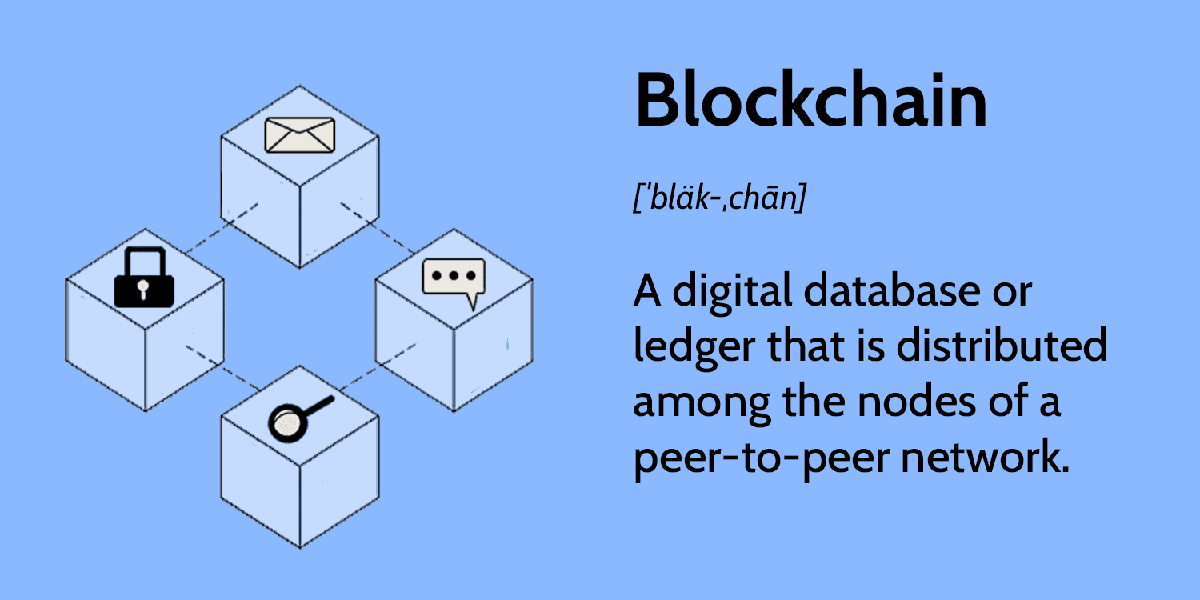As cryptocurrency professionals, we often hear a variation of the same regret: “I bought some coins without really understanding what blockchain was—and I lost everything.” Let’s fix that.
Before you put your money into digital assets, it’s critical to understand the foundation those assets are built upon: the blockchain.
What Is a Blockchain—Really?
A blockchain isn’t just some buzzword attached to Bitcoin—it’s a distributed ledger technology (DLT) that acts as the underlying infrastructure for most cryptocurrencies. Think of it as a network-wide database that doesn’t sit in one place or belong to one company. Instead, it’s copied, shared, and synchronized across thousands of computers (nodes) around the globe.
Unlike traditional databases that store information in tables, blockchains store data in linked blocks. Once a block reaches its capacity, it’s sealed, timestamped, and permanently added to the chain. You can’t go back and edit it. That immutability is critical to the security and trustworthiness of any crypto network.
Key takeaway: A blockchain’s integrity doesn’t rely on any single person or institution. It relies on math, code, and consensus.
How Blockchain Structures Data (and Why You Should Care)
Traditional databases can be changed, hacked, or wiped out by internal failure. Blockchains? Not so much.
Each new block includes a unique fingerprint (called a hash) of the previous block. If anyone tries to tamper with a record—say, fake a transaction—the hash won’t match, and the fraud will be immediately exposed to the rest of the network.
This structure makes blockchain a chronological, tamper-evident system that’s perfect for storing digital transaction records—like who sent Bitcoin to whom, and when.
When you’re investing in crypto, you’re not just buying coins—you’re trusting the architecture behind them. Know how that structure works.
Why Decentralization Protects You
Let’s say you store your financial records on a single server. If that server fails or gets hacked—game over.
Now, imagine those records are duplicated across 10,000+ machines worldwide. That’s blockchain.
This decentralized structure eliminates single points of failure. If one node is compromised or goes offline, the rest of the network keeps running. Even better: when someone attempts to alter a transaction, consensus mechanisms like Proof of Work (PoW) or Proof of Stake (PoS) ensure it gets rejected unless most nodes agree it’s valid.
No central control. No single kill switch. No room for shady edits.
Final Thoughts: Learn the Structure Before You Stack the Sats
In crypto, ignorance is expensive. A lack of understanding leads people to trust the wrong platforms, fall for scams, or send funds to unrecoverable addresses.
Before you invest:
Learn what a block is.
Understand how data is validated.
Know what decentralization protects you from.
Study consensus mechanisms.
Realize that once you send crypto, it’s gone unless the blockchain agrees you can have it back (and spoiler: it won’t).
Cryptocurrency is not just a financial product—it’s a technological framework. If you skip learning the tech, you’re not investing. You’re gambling.
